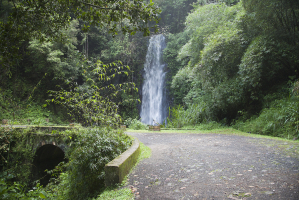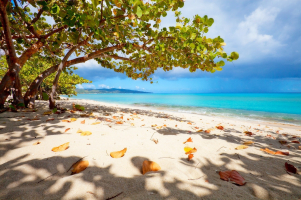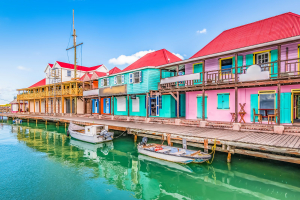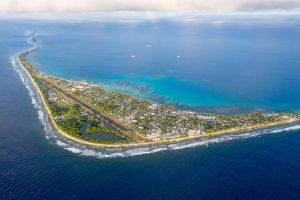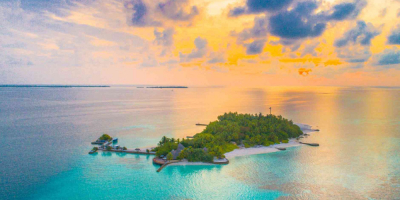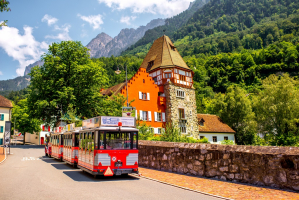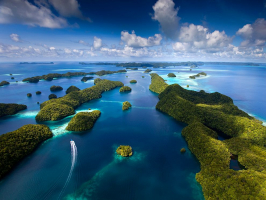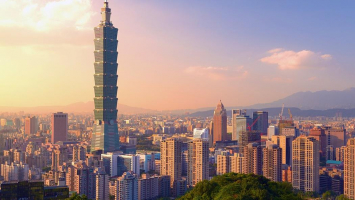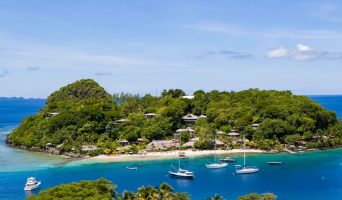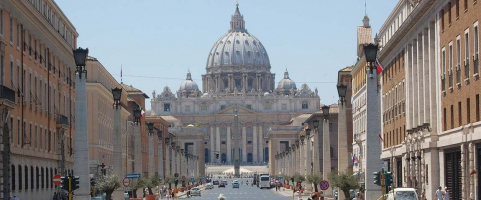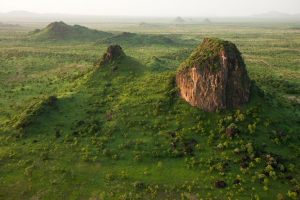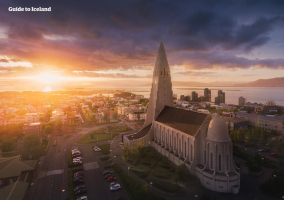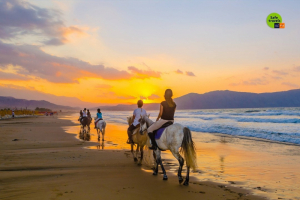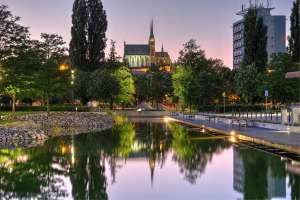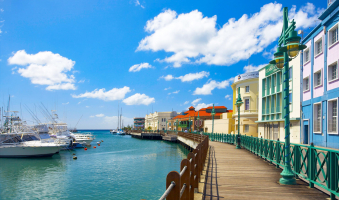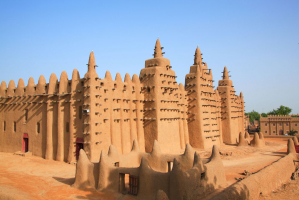Top 7 Things About Sao Tome and Principe You Should Know
Sao Tome and Principe is a poor democratic republic that consists of a "chocolate" island state made up of two main islands separated by 140 kilometers and six ... read more...lesser volcanic islands. If you are planning on a trip to Sao Tome and Principe, make sure to check out this list of top 7 things about Sao Tome and Principe.
-
The island state of Sao Tomé and Principe is generally regarded as a particularly safe destination for tourists. On the islands, there is extremely little violent crime, and violent crimes such as armed robberies and rapes are still uncommon. Visitors can roam around the streets of the capital at any time of day or night without fear of being attacked.
However, there has been an increase in small crimes in recent years. Mobile phone theft was almost unheard of until recently, but it is now all too common. A few incidences of theft of other items from hotel rooms have also been reported, particularly on Principe. Sao Tome and Principe is a tranquil and secure country where terrorism is not a concern. Visitors should just use common sense and use basic caution, and if something goes wrong, it is best to leave the area as soon as possible.
With the exception of the usual shady lanes, notorious neighborhoods, isolated places, and some of the metropolitan fringes, Sao Tome and Principe is an overall safe country to visit.
However, be cautious around beach areas, as this is where the majority of petty crimes occur. Make sure to keep your things safe at all times and to stay on the beaten path. Never leave valuables unsecured on a beach; instead, store them at your lodging location.
When attending nightclubs, taverns, and bars near the beaches, visitors should be especially cautious. Go with a trustworthy firm, or at the very least plan a safe means to return home before you go. Take only the essentials with you, as well as the necessary funds.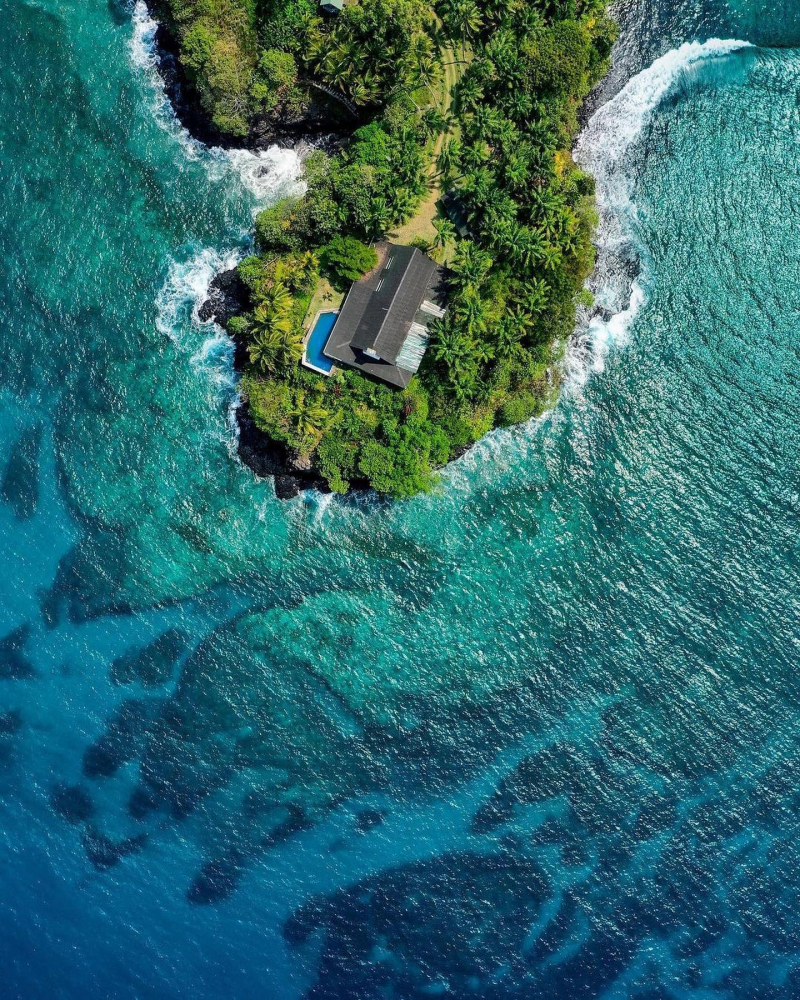
https://www.instagram.com/africa.explores/ 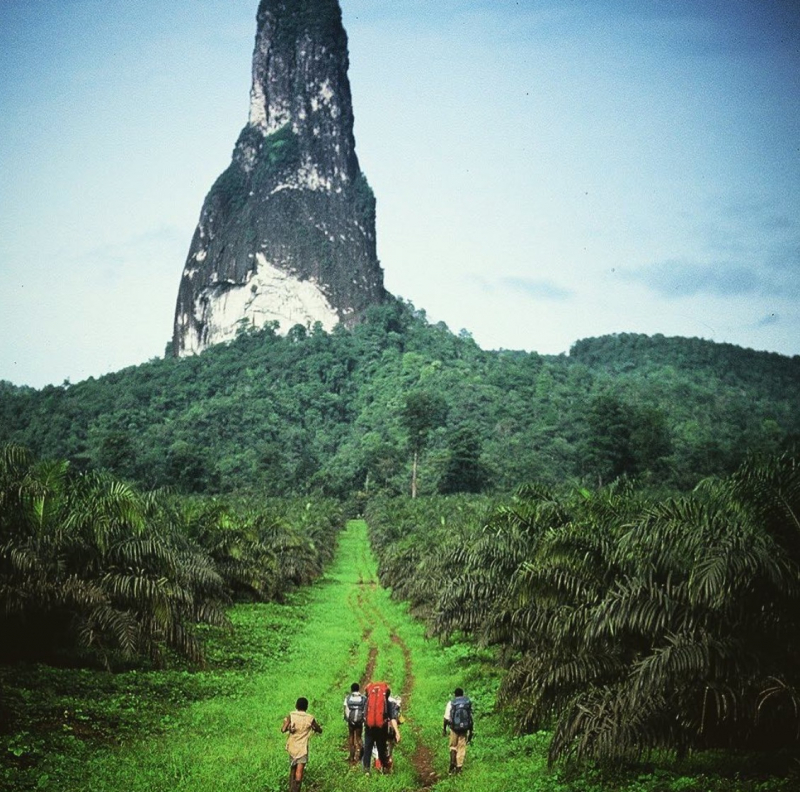
https://bigseventravel.com/ -
Sao Tome & Principe is blessed with practically year-round great weather, so there are no particularly busy peak seasons or months to visit. The greatest time to visit depends on what you want to see and do on the islands, as each season has its own set of highlights.
The most popular months to visit are December to January and July to August, as more people can travel during these traditional vacation seasons, yet you will discover that these wild, secluded islands are never overcrowded. The hottest months, January, February, and March, are the most popular, with gorgeous beaches and hazy skies speckled with sand blown down from the Sahara Desert. With vivid mating plumage on view, this is also the optimum season for scuba diving visibility and bird watching.
June, July, August, and early September are the driest months, making them ideal for trekking and beach activities. The best months to watch Humpback and Sperm whales as they travel through the island's warmer seas are August, September, and early October.
https://www.instagram.com/boubousfamily/ 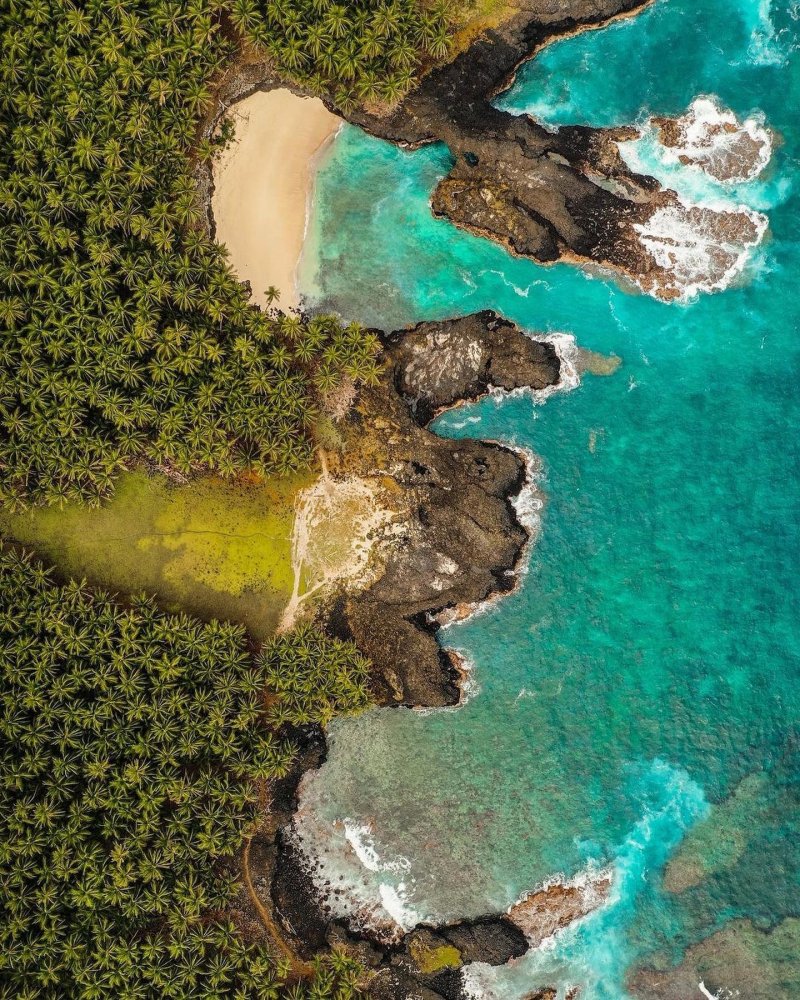
https://www.instagram.com/africa.explores/ -
There are no international ATMs, and only a few high-end hotels accept credit cards, with two of them offering limited cashback, which means they run your credit card for a set amount and send it over to you in cash. The best solution is to bring cash in euros.
Bring euros-denominated cash, as the dollar is becoming increasingly scarce. Because the Dobra can only be used within the country, you must exchange euros for dobras upon arrival and dobras for euros upon departure.
Foreign exchange is usually done through unregistered brokers (the cheapest), banks, or hotels. Do not be thrown off if money changers approach you on the street in Sao Tomé city; this is a common practice that is completely legal. Simply agree on a rate, calculate the amount, and count your money. You must utilize the bank in Principe.
Although you can use the euro practically anyplace, you will almost always be given change in dobras and only dobras. Spending euros is also often more expensive, as an exchange fee is tacked on in some way. If coming for a week or more and going through Sao Tomé city, the ideal method is to carry 50 euro bills with you and exchange them for a week's worth of dobras at a street broker when you arrive. Keep reading to know more interesting things about Sao Tome and Principe.Currency: Dobra (Db)
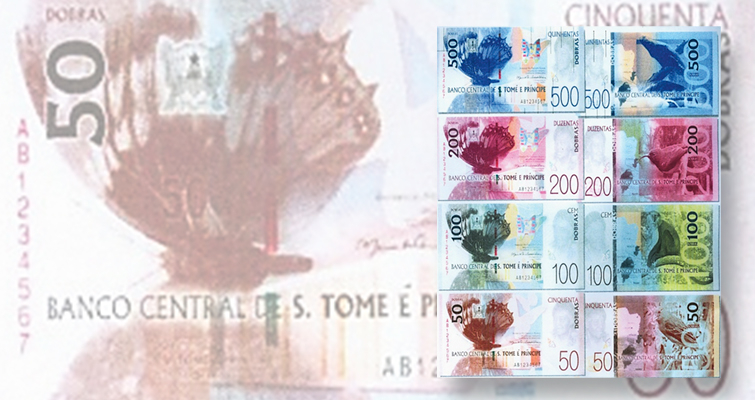
https://www.coinworld.com/ 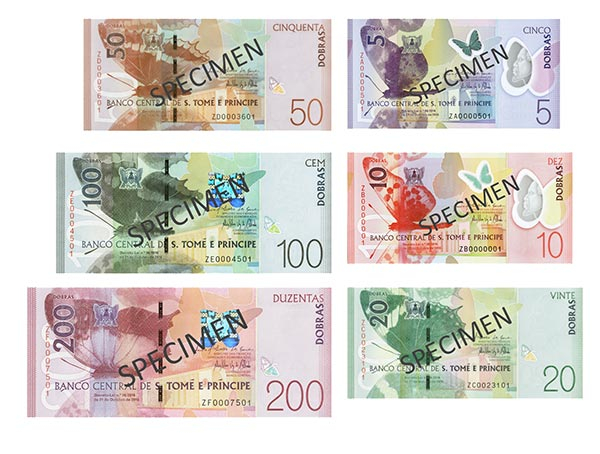
https://coinweek.com/ -
Car rentals are accessible in the country, and while there are a few international firms with offices there, the most popular options are frequently through local companies, which are less expensive and provide similarly trustworthy services. If passengers plan to rent a car, they should go for four-wheel drive, which is better equipped to deal with the unpredictable character of many of the country's highways.
In the country, there are a few private taxi services that mostly serve the route between the airport and the city center. In most cities, there are also shared taxis, which are easily identified by their bright yellow hue and can be flagged down on the side of the road. Within cities, taxi rides have set costs, and passengers just need to hand over their money to the driver at some point during the route. Prices for trips outside of the city must be agreed in advance.
Sao Tomé used to have a bustling railway system, but it has since been decommissioned. There are no rail services in the country now, and tourists may come upon the remnants of a few historic railway stations and abandoned carriages while touring. In the country, there are no private bus firms or coach services. A minibus cab, which can be hailed down in towns or located waiting at public taxi ranks, is the only way to travel between areas.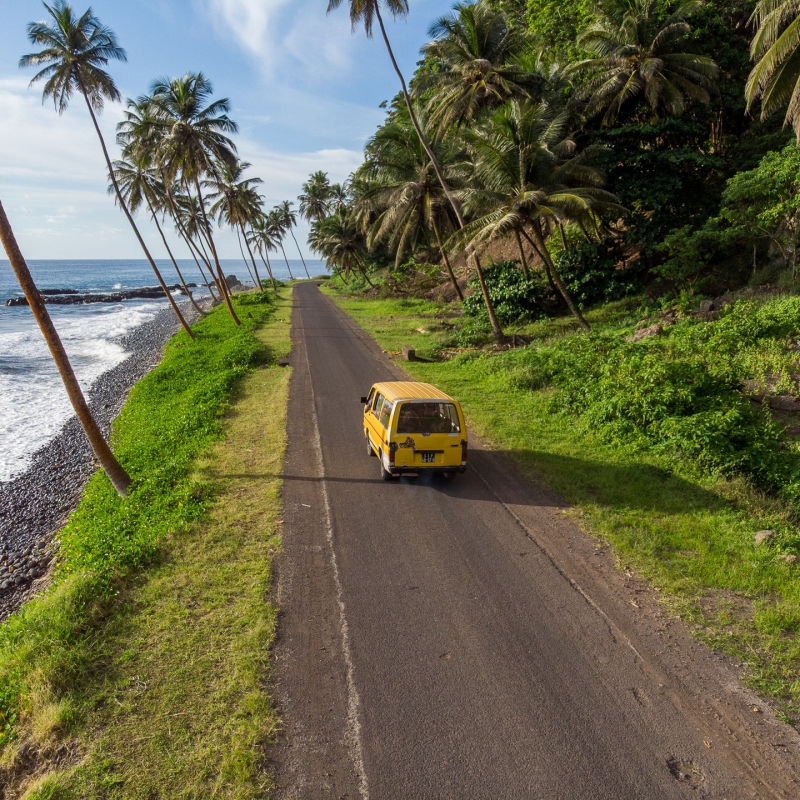
https://www.instagram.com/fernandocarvalhodasilva/ 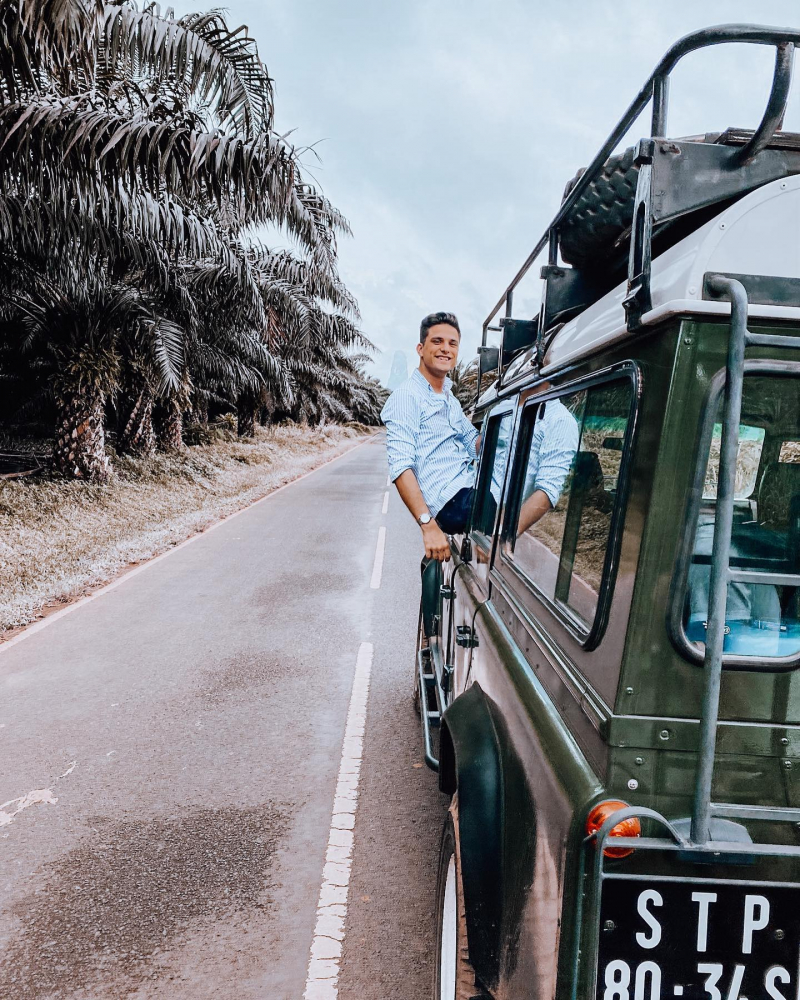
https://www.instagram.com/francisco_figueiredo_goncalves/ -
Food specialty is also one of the basic things about Sao Tome and Principe you should know. The cuisine of Sao Tomé and Principe includes a variety of fish and seafood, and the fishing industry contributes over a fifth of the country's GDP. Poultry is also raised in Sao Tomé and Principe. The cuisine of the country was shaped and influenced by African and Portuguese settlers.
Fish Calulu - a hearty stew - is a favorite meal in Sao Tomé and Principe and Angola. Though it is typically made with fresh or dried fish and shrimp, some Calulu de peixe variants include beef. Additional ingredients include okra, onions, tomatoes, eggplants, and finely chopped greens such as sweet potato or cassava leaves. Calulu is traditionally eaten with rice or funje, a creamy cassava porridge.
One of the most popular parts of the Sao Tome Clams in Port Wine is the incorporation of peanuts, which gave a delightful tactile contrast to the chewy clams. They keep some of the clams in their shells for appearance, but the remainder should be shelled and chopped. Because of the port wine, the sauce had a deep and great flavor. The spinach and tomatoes add to the dish's nutritious benefits. Serve with steamed white rice and crusty toasted bread.
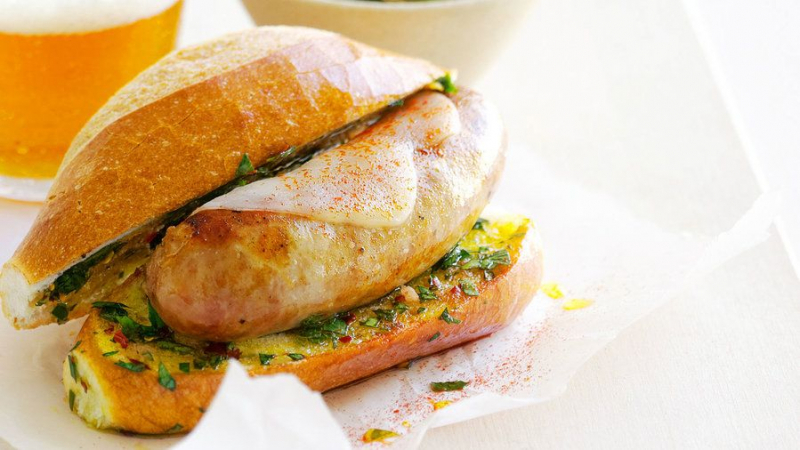
http://infoupdate.org/ 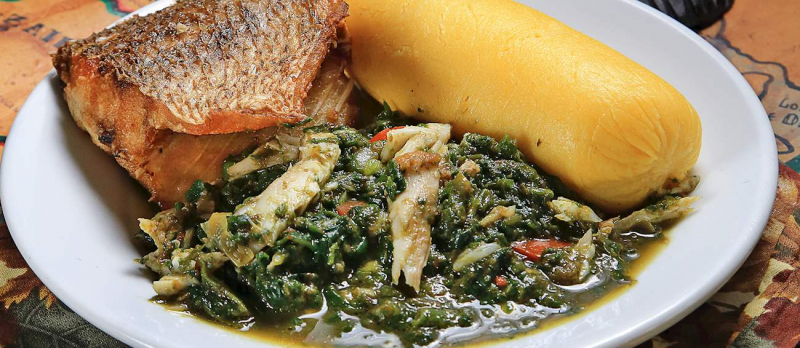
https://www.tasteatlas.com/ -
This is one of the most important things about Sao Tome and Principe you should know. The visa policy of the Democratic Republic of Sao Tomé and Principe regulates who is allowed to visit the island republic off the coast of West Africa without a visa and who requires one. Citizens of around 45 countries do not require a visa to visit the archipelagos for stays of up to 15 days at this time. Simply display a valid passport from a qualified country at border control checkpoints to get visa-free entrance to Sao Tomé and Principe. To access Sao Tomé and Principe, all other foreign citizens must have one of the various types of visas available, whether it be an e-Visa received online, a visa obtained via an embassy or consulate, or a visa on arrival.
Only Chinese passport holders are eligible for a visa on arrival in Sao Tomé and Principe. It allows you to stay in the island country for a total of 15 days. Travelers from up to 160 countries can now receive a visa for Sao Tomé and Principe by filling out a simple electronic application that takes only a few minutes to complete and eliminates the need to queue for a visa on arrival. A valid e-Visa for Sao Tomé and Principe permits a single entry stay of up to 30 days for tourists or businesses.
An approved embassy visa is required to visit Sao Tomé and Principe for longer periods of time or to get a work visa, residence visa, or student visa. Furthermore, regardless of the duration or purpose of the visit, individuals from up to 40 countries must get a travel visa from a diplomatic government office of Sao Tomé and Principe.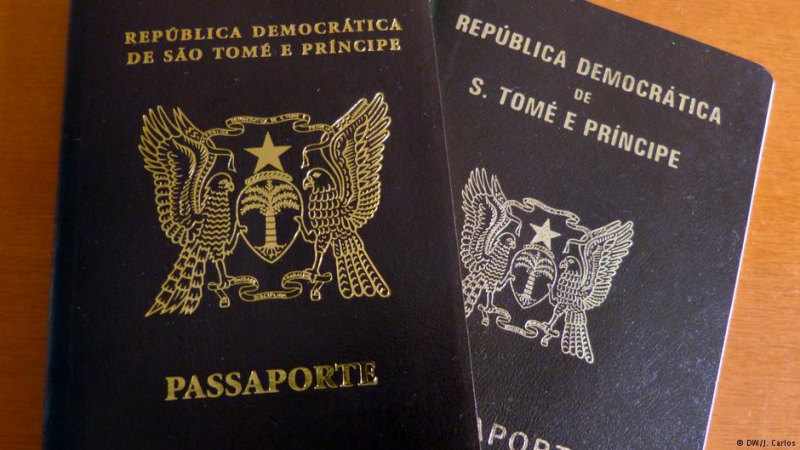
https://www.vietnamimmigration.com/ -
Despite the rich and diversified culture of Sao Tomé and Principe, there are few festivals and events to commemorate it. Visitors to Sao Tomé and Principe should be aware of a number of official holidays, including Independence Day, which remembers the country's hard-won independence, and Labor Day, which honors all of the workers who have made the country great. On some days, the country shuts down, and public facilities are closed.
One of the most expected national celebrations is the Autonomy Festival. It is on this day that the island's autonomy and conquest of independence are commemorated. It is also at this event that the road that Sao Tomé and Principe has taken over the years toward the development and improvement of its people's living situations is acknowledged.
August is the month of culture in Sao Tomé and Principe, with numerous festivals taking place. One of them is the So Lourenço Festivity, also known as the Auto de Floripes Festivity, which takes place on August 15th every year. The Auto de Floripes is the island's most prominent theatrical event. Its purpose is to reproduce the medieval conflict between Christians and Moors, as well as the history of European kingdoms.
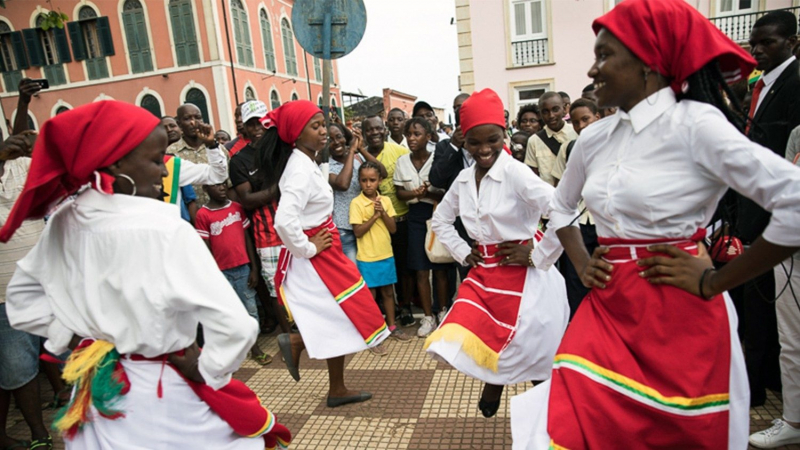
https://www.vaticannews.va/ 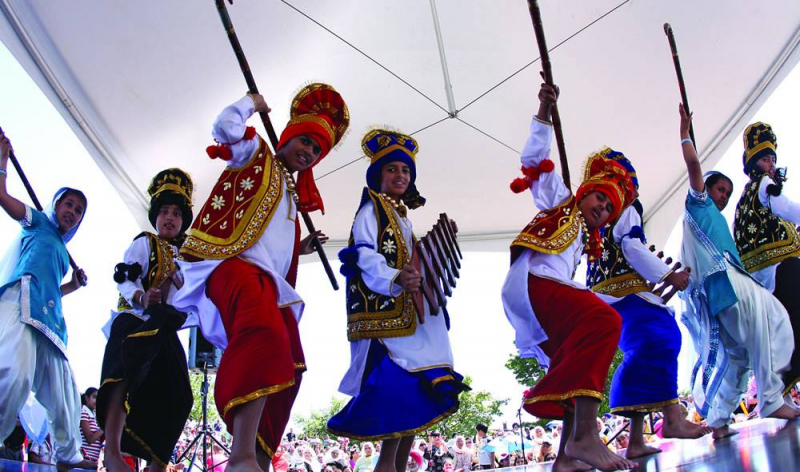
https://www.risingafrica.org/









